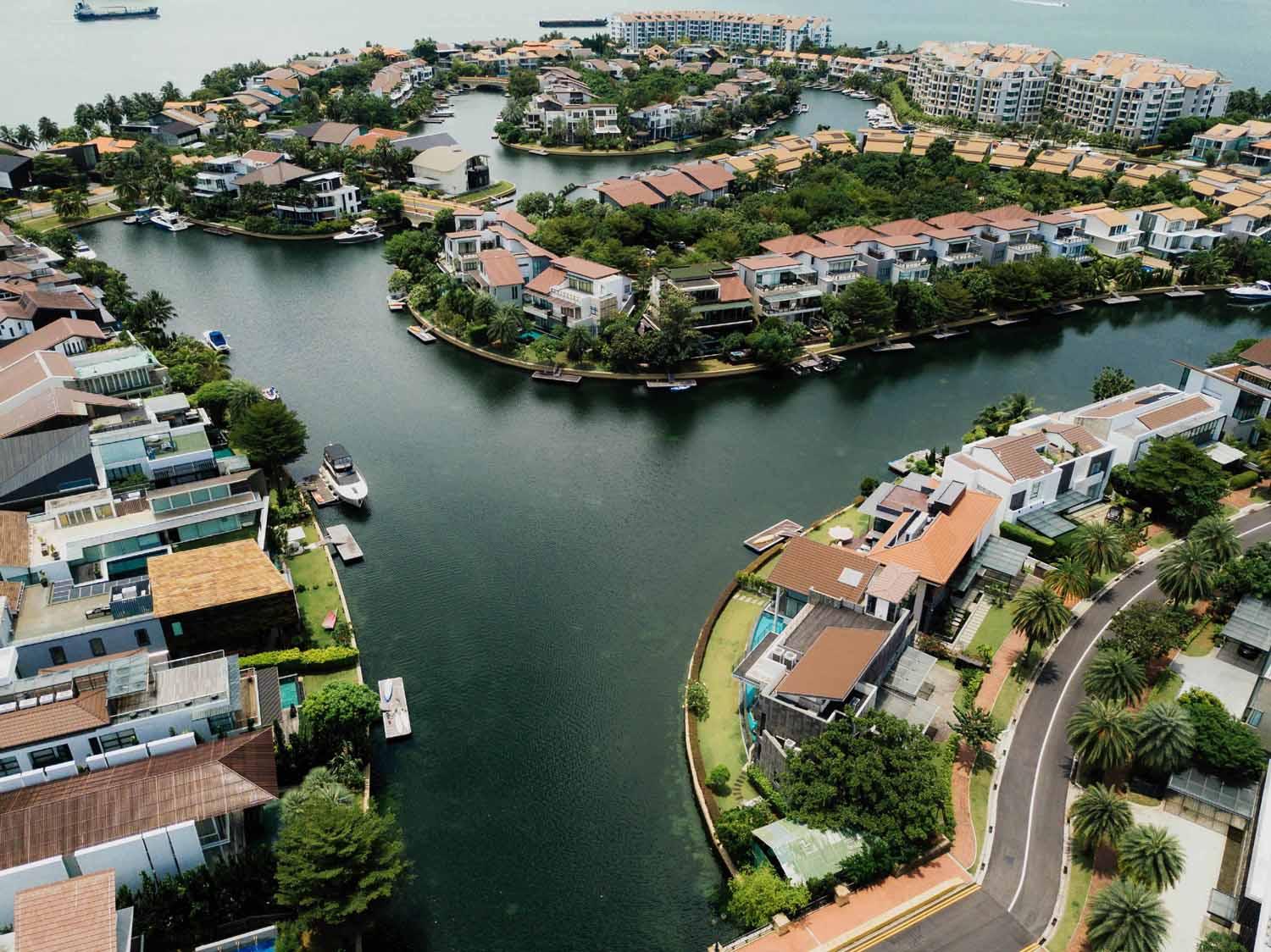This method is adopted in the valuation of bare land with development potential or developed land with potential to be redeveloped/renovated for a higher and better use. It involves the estimation of total cost of development and value of the project at completion as well as making reasonable allowances for profit and contingency. And is considered to be the developer’s ultimate tool for analysing Joint Venture deals
The residual method of valuation assesses the value of the proposed development at completion and deducts all costs of development and developer’s profit to get the land value, this can be expressed mathematically thus:
Land Value = Value of Completed Project – (Development Cost + Developer’s Profit)
Now, to the elements of residual valuation, which are:
· Value of Completed Project/Development: Otherwise known as Gross Development Value (GDV), this simply refers to the proceeds of sale or disposal of the property at completion and since the approach is to determine the surplus available after all costs have been met, the GDV is remuneration realisable from the development at completion.
What the valuer seeks to discern here is the ultimate value of the development which is afterwards spitted into costs and profits, thus establishing how much of the value remains as the amount/price for the land/site.
· Cost of Sale: This includes agency fees, cost of advertising/marketing, legal fees et al, and are usually included because it is the net proceed realisable from disposal of the property that is required for the valuation.
· Cost of Construction: Costs incurred in obtaining planning permissions and associated matters, building costs, professional fees and expenses, interests or financing costs, developer’s profit amongst some almost endless others.
I will, however broadly categorise them into three, namely:
1. Cost of Building: in the early stages of the development cost of development is estimated and based on the prevailing cost of construction per sqm of the total floor area of the development. However, as the details become more advanced, it becomes imperative to have a professional prepare a priced bill of quantities. Also included in this cost are fees payable to the design team and other professionals involved in the development of the property.
2. Cost of Finance: No doubt building projects require huge sum of monies that are more often than not raised from banks and/or other financial institution. The cost of raising/borrowing the required sum is the interest charged on the sum borrowed which has to be given special consideration even if the developer is capable of funding the project internally.
3. Miscellaneous Costs/ Contingency: As a result of uniqueness of development sites, certain features may warrant special costs such as cost of demolition of existing structures, site clearance, carting away of debris, filling of uneven land and so many other costs which may not be easily predictable. The payment of premium may also be considered to belong to this category.
· Developer’s Profit: As is the case with any risk enterprise, developers seek to make profit on their endeavors. Rate of return/profit margin depends largely on factors such as nature of the development and associated risks, the prevailing practice in the market, duration/period of the development, competition for development schemes, etc.
Having a profit margin carved in stone is therefore, not easy since investors’ target rate are bound to vary, they are however, usually expressed as a percentage of the total development cost (including interest) or the Gross Development Value (GDV).
· Land Value: In Assessing the land value, the valuer draws together the various elements already discussed, and, having established the value of the development at completion deducts the various costs to determine the residual land value.
Do note that the residual land value arrived at is not necessarily the same as value of the site, it should be considered in the context of the valuation exercise as a whole.
Also, in circumstances where building costs outweighs net proceeds, and a negative residual value is arrived it, it can be deduced that the site is not suitable for the proposed development.
Photo by chuttersnap on Unsplash

